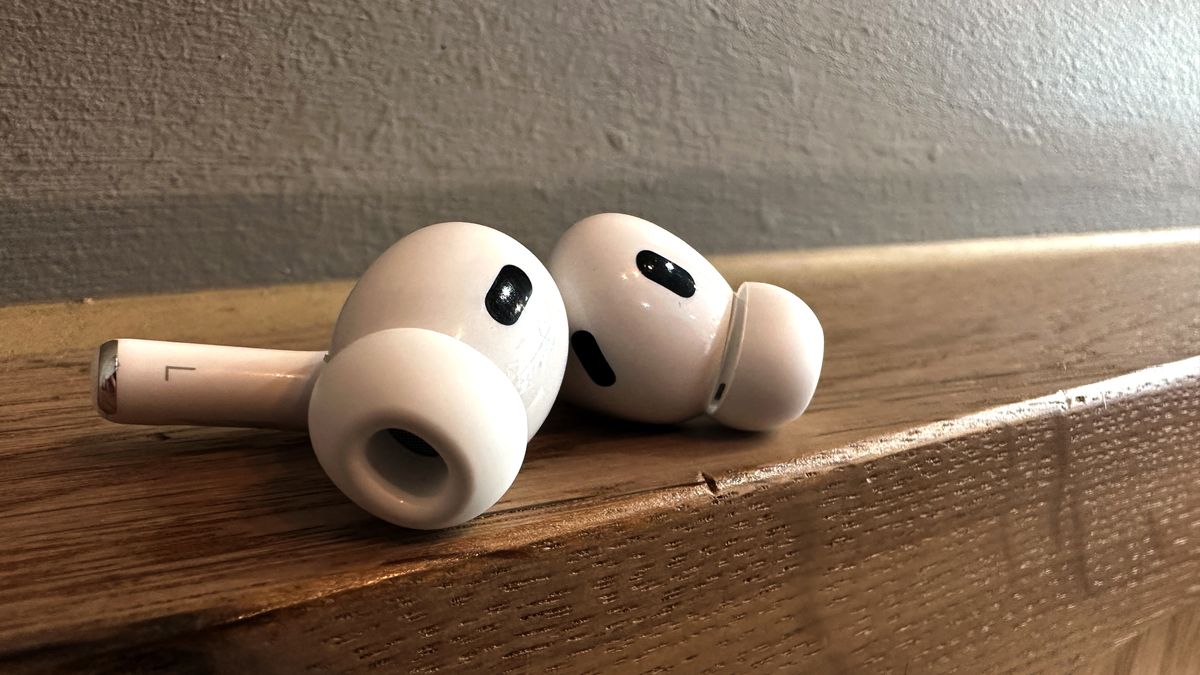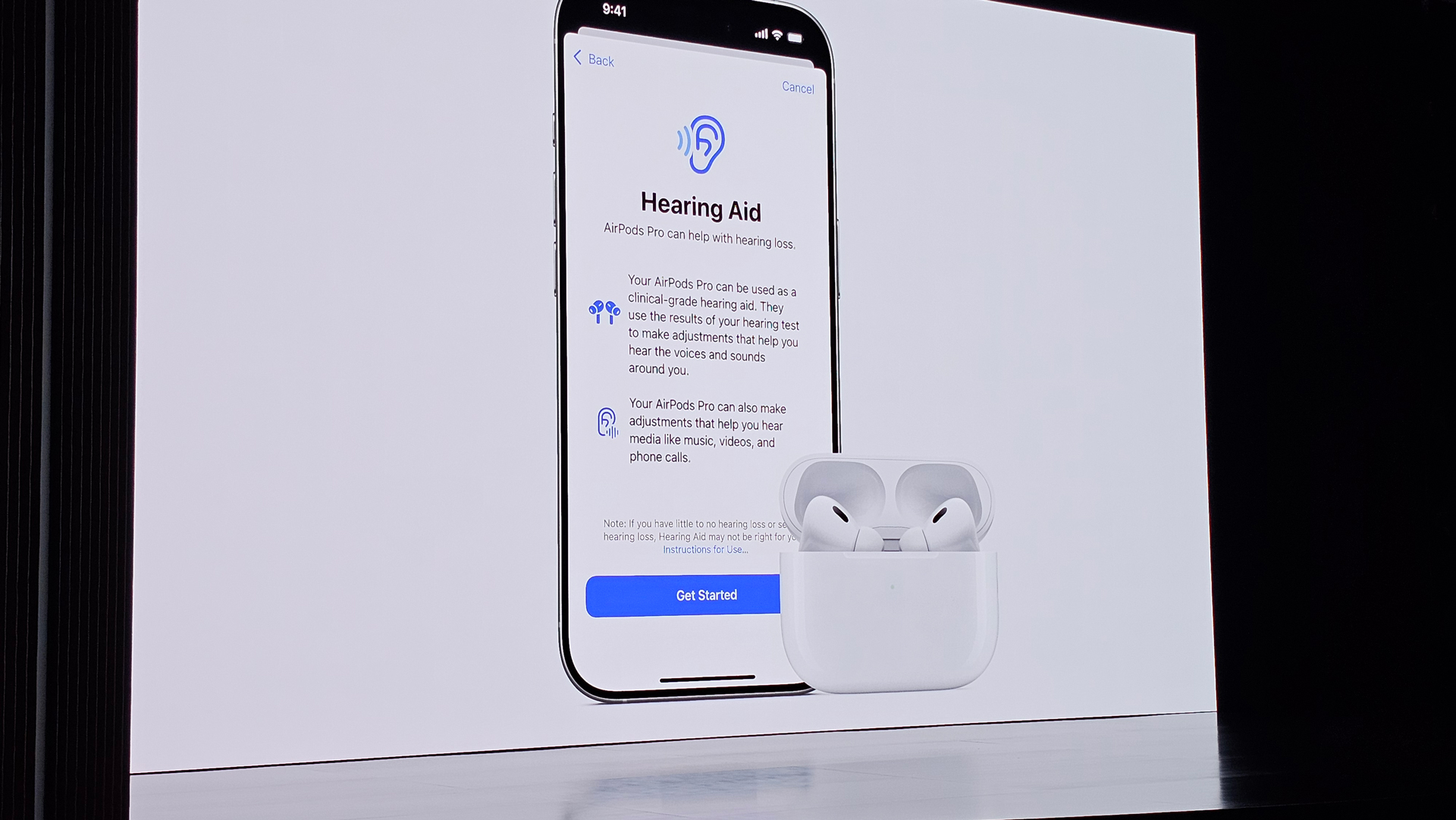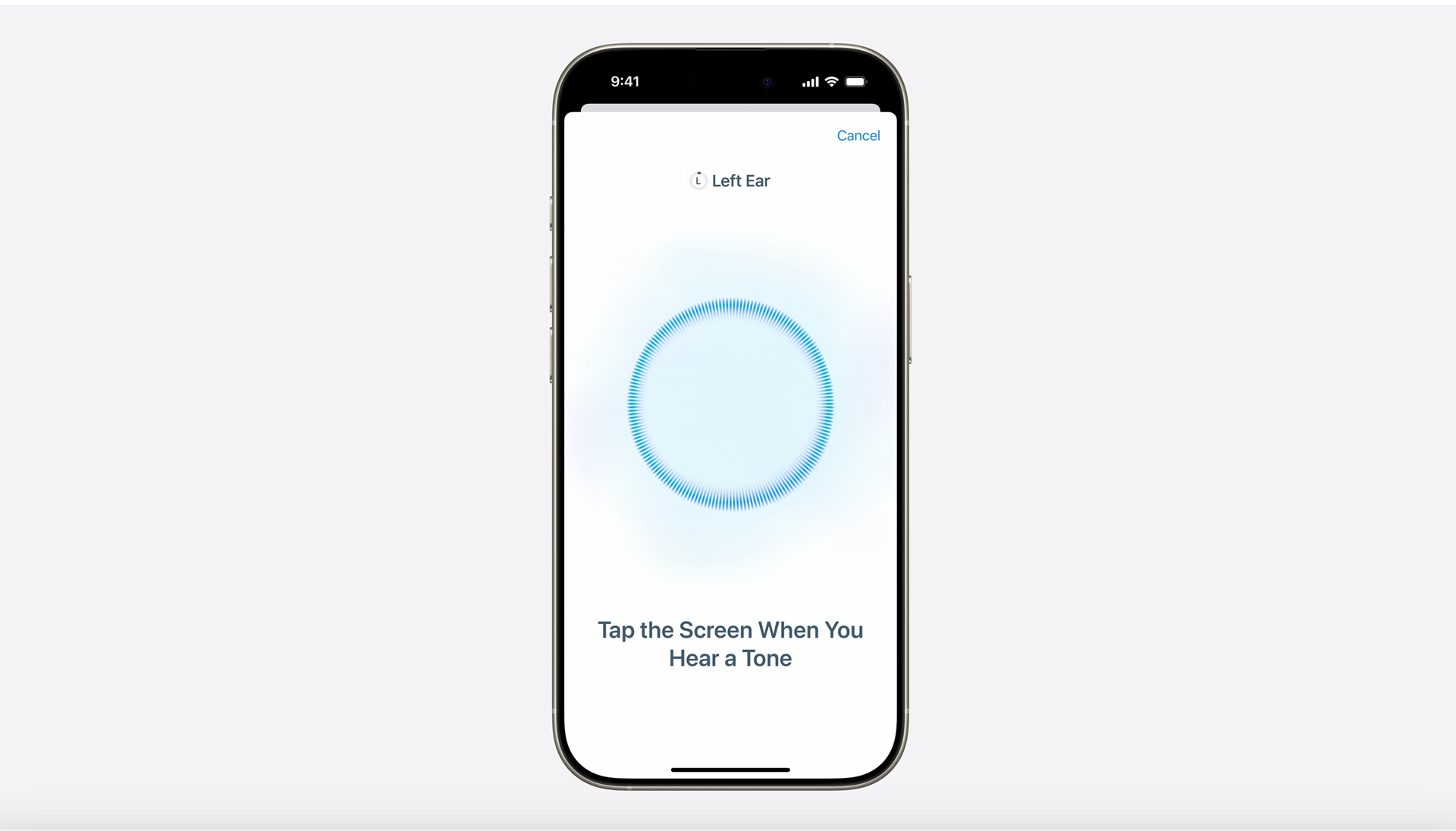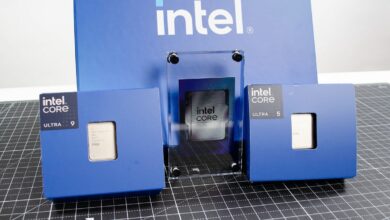This is what it feels like to test your ears with the new AirPods Pro 2 hearing test

Admit it, the unexpected highlight of Apple’s big Glowtime event in Cupertino on Monday wasn’t the iPhone 16’s camera control button, but the AirPods Pro 2’s new clinical-grade, over-the-counter (OTC) hearing aid technology—among a trio of new features coming to your AirPods Pro 2. That’s when I, at least, heard an audible gasp and resounding applause.
I’ve been accused of having poor hearing at home. As far as I know, my hearing is fine, I just have a focus issue. Maybe. In fact, I haven’t been tested since I was a child. Now that I’ve reached a certain milestone age, most healthcare professionals recommend that I get my ears tested at least every few years, if not more often. In the very near future, I might use my AirPods Pro 2 Bluetooth earbuds to test my hearing and then use them to adjust the sounds I hear based on the results.
Glowtime marked the moment your best earbuds officially transitioned from your go-to music and podcast device to an in-ear health system. Future updates, including hearing protection, hearing loss, and hearing assistance, come as no surprise from Apple. A decade after Apple introduced its original wearable, the Apple Watch has transformed from a smartwatch that could deliver news, info, notifications, and support for exercise tracking to a full-fledged health tracker (look out for the sleep apnea update). It’s no wonder that Apple’s AirPods Pro 2 are following a similar path.
Interestingly, these clinical hearing tests and OTC hearing aid technology don’t apply to the new AirPods 4. The tests require the real-world seal of the AirPods Pro 2, which are now two years old but still capable of supporting Apple’s innovative hearing aid technology.

Since the company is still working on obtaining FDA approval for the hearing test and OTC hearing aid feature, this update is not expected immediately. However, if it does receive approval, the hearing test and hearing aid will be available in over 100 countries and regions (hearing protection will initially only be available in the U.S. and Canada).
Apple’s approach to hearing health is much the same as your doctor’s: test first, then offer adjustments via in-ear technology. I got a chance to try the hearing test, or at least a beta version of the test, which requires AirPods Pro 2 and an updated iPhone or iPad.
The test will go live under the AirPods Pro controls in the settings on an iPhone or iPad. The software will walk you through the process of first making sure that your AirPods Pro 2 are properly fitted. If the earbuds are consistently falling out of your ears, they’re not fitting snugly enough. Each pair of earbuds comes with a few different tip sizes. The app will play a tone for you to hear and then tell you if your fit and seal are good enough to take the hearing test.
Since this was a demo, my fit test was good. Next, I started the hearing test. It took me right back to my childhood, when a doctor would put big earplugs in my ears and tell me to raise my hand if I heard a tone. I remember being nervous about what would happen if he played a tone and I didn’t raise my hand.
The app played a series of high pitched tones and I tapped the screen for each tone I heard. Since this was a canned demo, my results, which came within seconds, told me I had moderate hearing loss. It was displayed in left and right ear measurements that showed 41 dBHL and 44 dBHL respectively.

The app offers to link you to additional reading material about hearing loss or to use the results to create a personal hearing profile that lives only on your devices, but is shared across devices where you’re signed in with your Apple account. This means that every Apple device you listen to will adjust to the tones that allow you to hear well. You can also share the profile with your doctor.
If your hearing loss is progressive, you can take another test a year later. If the results are different, Apple will update the hearing profile.
The changes Apple is making to the AirPods to compensate for hearing loss don’t actually impact battery life, by the way. They’re mostly just tweaking several features it already uses, like ANC and Transparency mode, to support your hearing profile settings.
That said, AirPods 2 may only have 5 hours of battery life (up to 30 with the case). A traditional hearing aid can last up to 10 days. Of course, Apple isn’t trying to replace prescription hearing aids. The focus here is on moderate hearing loss, much of which goes untreated (undiagnosed, too expensive, person doesn’t want to go to a doctor to get tested).
I have no idea if I have hearing loss (my family is reading this right now and shaking their heads in dismay), but I’m excited to take the test and know for sure. Maybe I’ll wear my AirPods Pro 2s as OTC hearing aids and no one, not even my family, will know.




